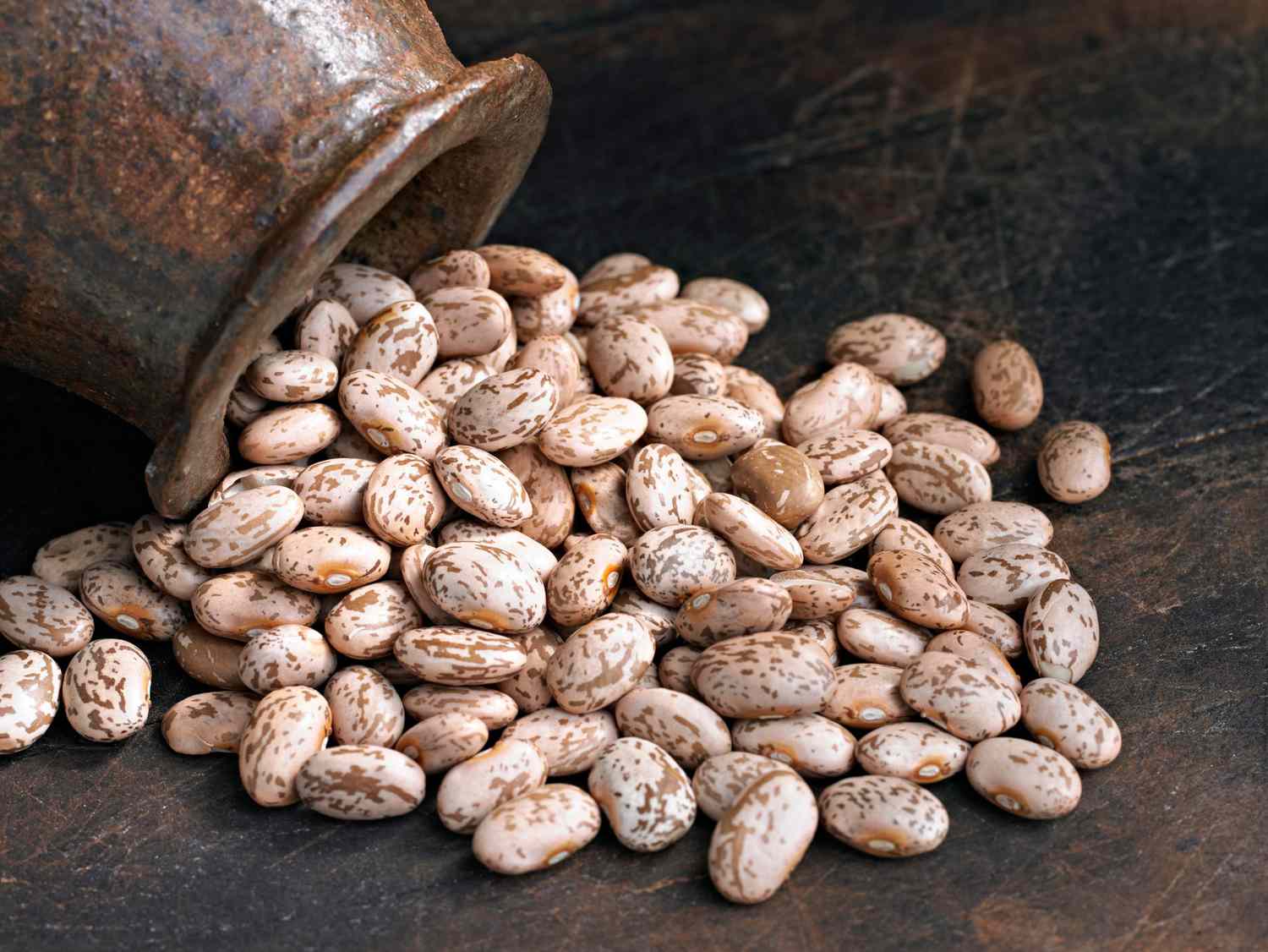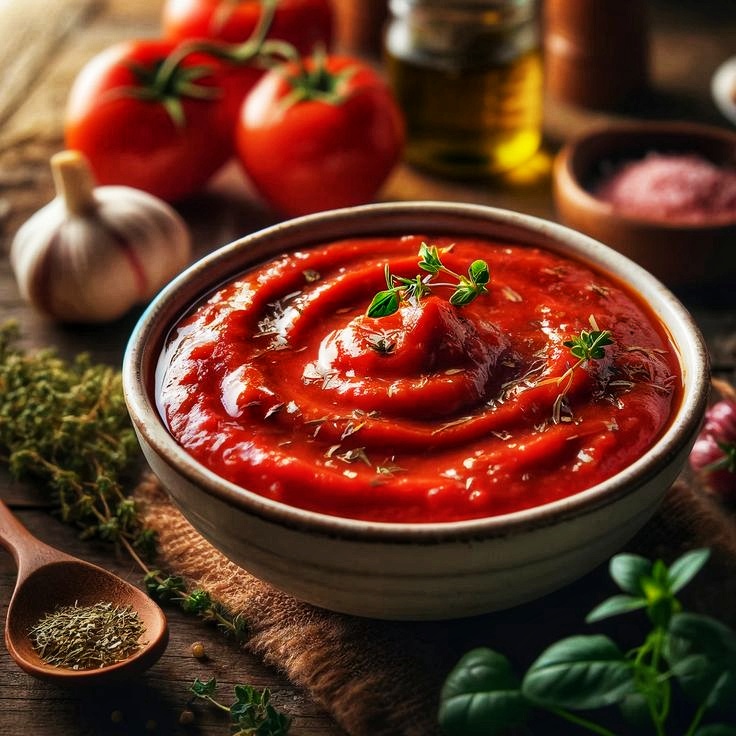Categories
The latest content
-

Customs Clearance & Import Regulations for Bulk Iranian Pinto Beans in EU, Middle East & Africa
..
-

Quality Control & Laboratory Testing Standards for Iranian Pinto Beans
..
-

Logistics & Shipping Solutions for Bulk Iranian Pinto Bean Exports
..
-

Minimum Order Quantity (MOQ) & Bulk Pricing for Iranian Pinto Bean Buyers
..

Tags
Global Tables: Exploring the Main Destinations of Iranian Rice

Iranian rice, particularly varieties like Tarom, Hashemi, and Domsiah, is celebrated for its exceptional aroma, flavor, and cooking quality. While Iran is a significant rice producer, it also imports rice to meet domestic demand. This blog post explores the main destinations for Iranian rice in the global market, examining where this prized grain is consumed and the factors driving its demand abroad.
An Overview of Iranian Rice Production
Iran has a long history of rice cultivation, with rice being a staple food in the country’s cuisine. The northern provinces, such as Gilan, Mazandaran, and Golestan, are the primary rice-growing regions, benefiting from fertile soil and favorable climatic conditions. Despite its robust domestic production, Iran also imports rice to supplement its supply, especially to cater to different consumer preferences and price points.
Key Export Destinations for Iranian Rice
While Iran is more known as a rice importer, certain high-quality Iranian rice varieties are exported to niche markets. The main destinations for Iranian rice exports include:
1. Persian Gulf Countries:
o Countries in the Persian Gulf region, such as the United Arab Emirates (UAE), Kuwait, and Qatar, are significant markets for Iranian rice. These nations have a strong affinity for high-quality aromatic rice, which is a staple in their traditional cuisines.
o Iranian rice, particularly the premium varieties, is favored for its superior taste and aroma, making it a popular choice in local households and restaurants.
2. Europe:
o European countries with significant diaspora communities from Iran and other rice-consuming regions, such as Germany, the United Kingdom, and Sweden, represent a notable market for Iranian rice.
o These communities often seek out authentic Iranian rice varieties to prepare traditional dishes, creating a demand for imported Iranian rice.
o Additionally, the growing interest in gourmet and specialty foods in Europe has led to increased demand for high-quality rice varieties like those from Iran.
3. North America:
o In North America, particularly in the United States and Canada, Iranian rice finds a market among Iranian expatriates and consumers with an appreciation for diverse cuisines.
o Major cities with large Iranian communities, such as Los Angeles, New York, and Toronto, are key consumption centers for Iranian rice.
o Specialty food stores and online retailers cater to this demand by importing and selling Iranian rice varieties.
4. Australia:
o Australia, with its multicultural population, presents a niche market for Iranian rice. The presence of Iranian and other Middle Eastern communities in cities like Sydney and Melbourne drives demand for specific rice varieties.
o Importers and distributors in Australia focus on sourcing high-quality Iranian rice to meet the needs of these communities and the broader consumer base interested in international cuisine.
Factors Influencing the Demand for Iranian Rice
Several factors influence the demand for Iranian rice in the global market:
1. Quality and Aroma:
o Iranian rice is renowned for its exceptional aroma, delicate flavor, and fluffy texture when cooked. These qualities make it highly desirable among consumers who appreciate premium rice varieties.
o The unique characteristics of Iranian rice are attributed to the country’s climate, soil, and traditional cultivation methods.
2. Cultural Preferences:
o In many Middle Eastern and Asian countries, rice is a staple food with deep cultural significance. Consumers in these regions often have specific preferences for rice varieties based on taste, aroma, and cooking properties.
o Iranian rice aligns well with these preferences, particularly in countries with culinary traditions that emphasize aromatic rice.
3. Price and Availability:
o The price of Iranian rice can be a significant factor influencing its competitiveness in the global market. High-quality Iranian rice varieties often command a premium price compared to other types of rice.
o Availability and supply chain logistics also play a crucial role in determining the accessibility of Iranian rice in different markets.
4. Trade and Economic Relations:
o Trade agreements, import policies, and economic relations between Iran and other countries can impact the flow of Iranian rice exports.
o Favorable trade terms and reduced tariffs can facilitate the export of Iranian rice, while trade barriers may limit its market access.
The Future of Iranian Rice in the Global Market
While Iranian rice exports are currently focused on niche markets, there is potential for growth by leveraging the unique qualities of its premium varieties. Strategic marketing, quality control, and effective supply chain management can help Iranian rice producers expand their presence in the global market.
Conclusion
Iranian rice, celebrated for its distinctive aroma and flavor, finds its way to select markets around the world, particularly in the Persian Gulf countries, Europe, North America, and Australia. Understanding the factors that drive demand for Iranian rice in these regions is essential for producers and exporters looking to capitalize on the opportunities presented by this prized grain. By focusing on quality, cultural preferences, and strategic market positioning, Iranian rice can continue to grace tables around the globe.



